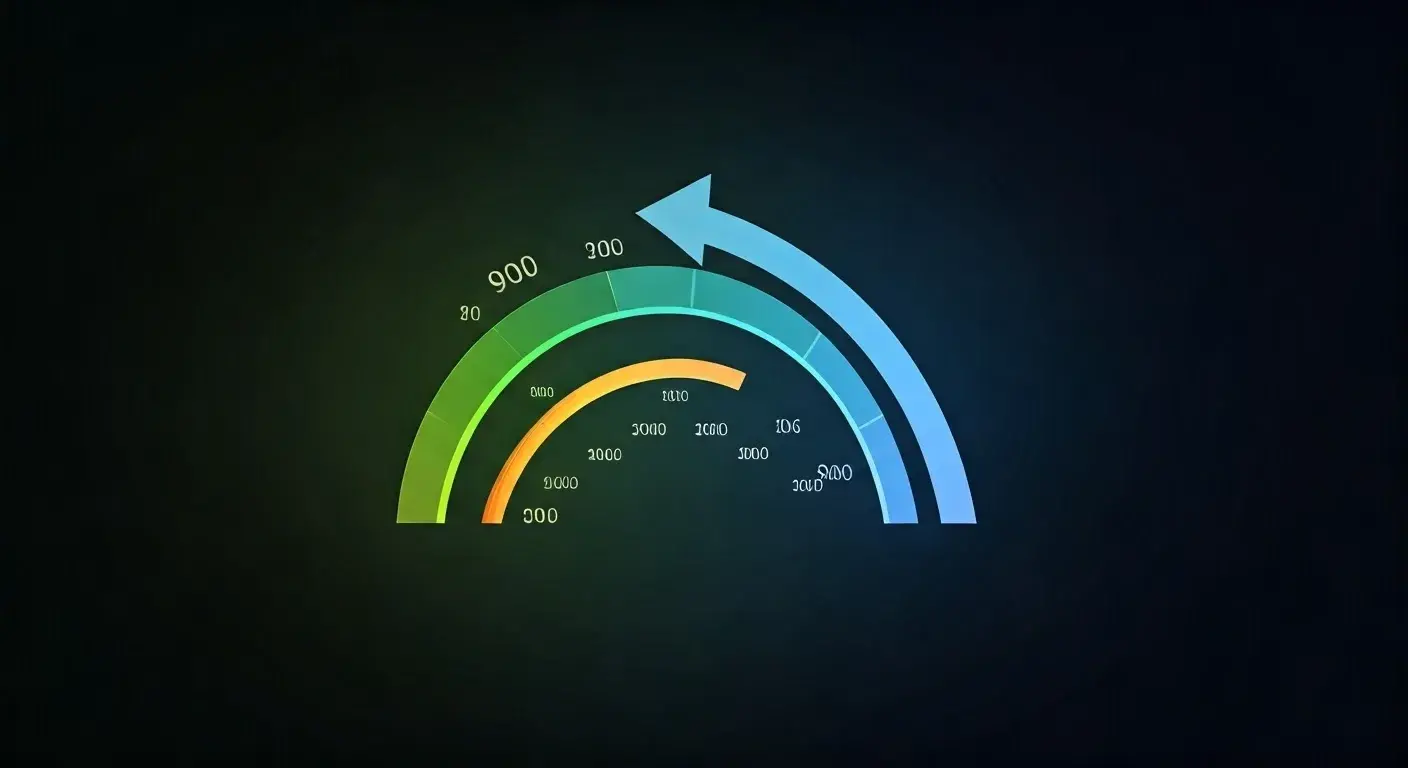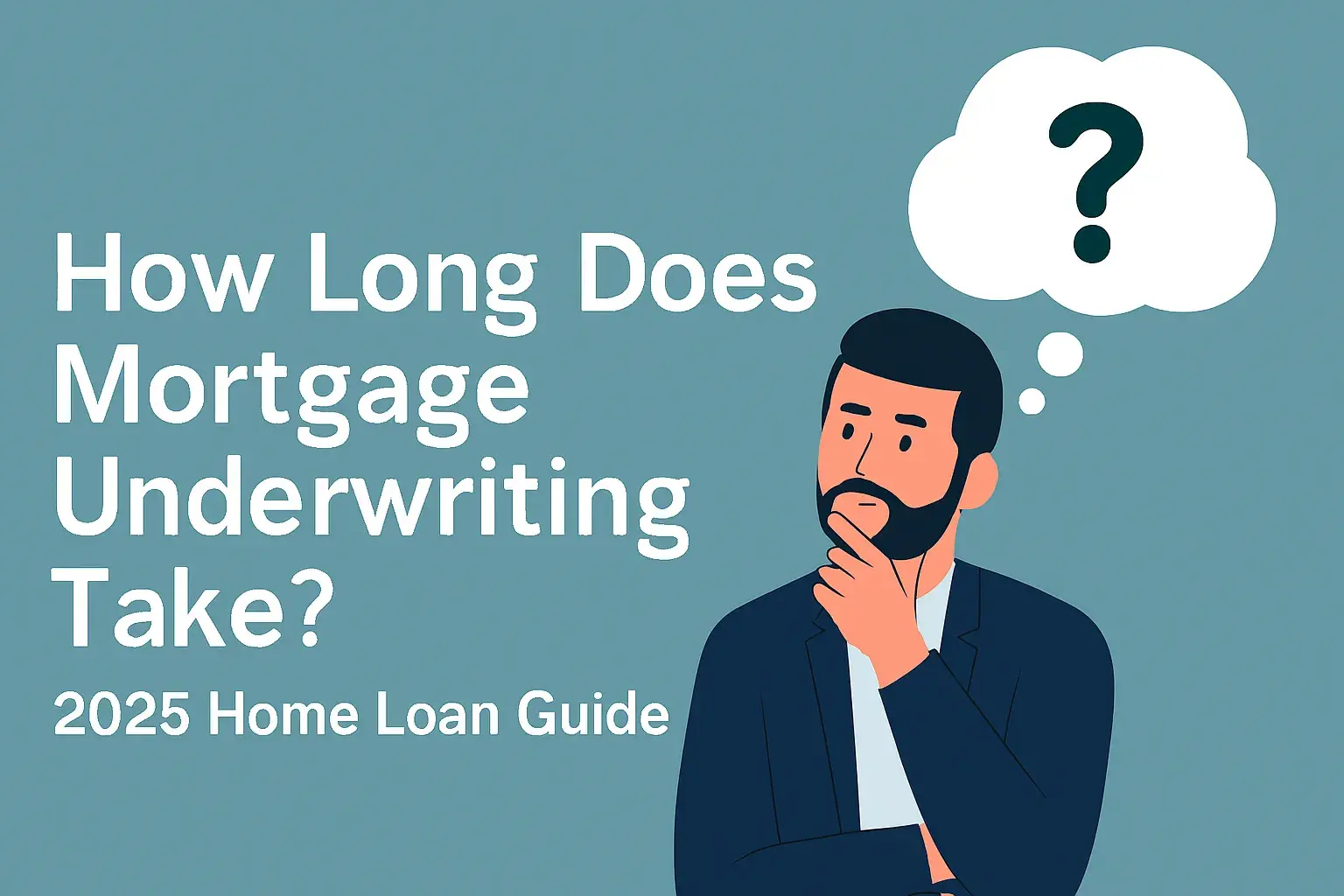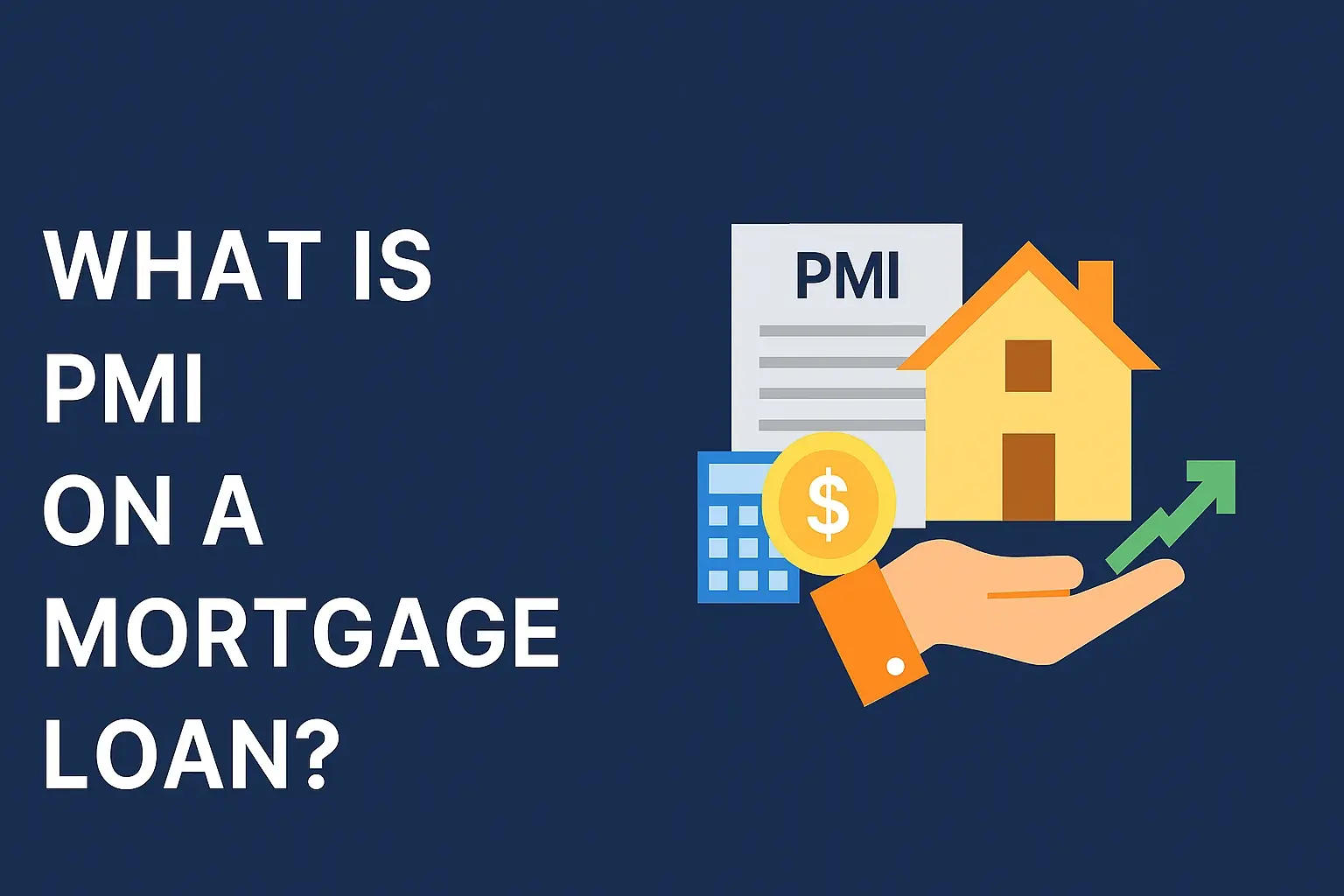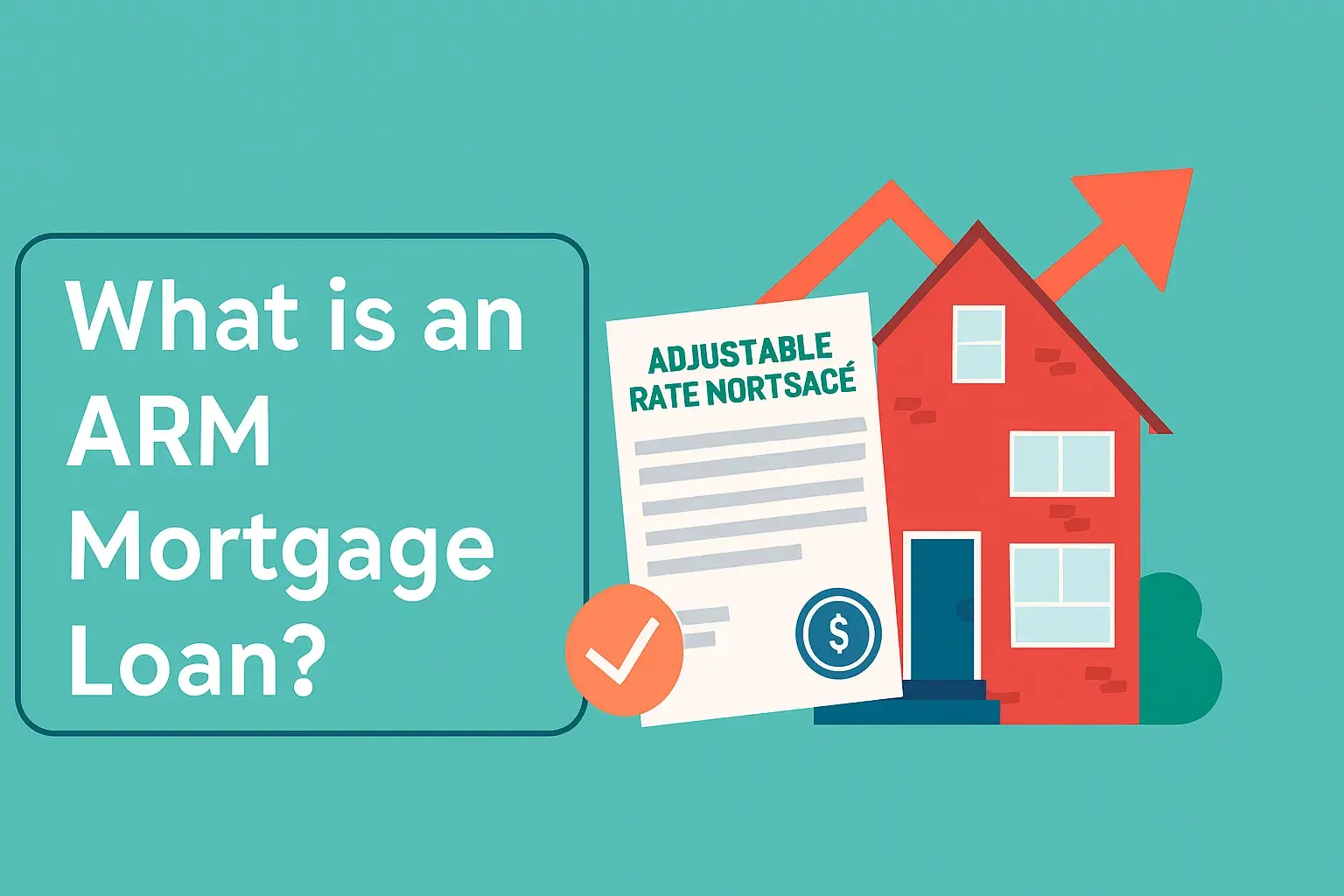-
Posted on: 27 Jan 2025

-
A 644 credit score sits in the "fair" category, presenting both opportunities and challenges. Understanding its implications, from loan approvals to interest rates, is crucial for making informed financial decisions. This guide reveals the truth about a 644 credit score, equipping you with the knowledge to navigate your financial landscape effectively.
Understanding a 644 Credit Score: The "Fair" Zone
A credit score is a three-digit number that lenders use to assess your creditworthiness. It's a snapshot of your financial behavior, reflecting how reliably you've managed debt in the past. Scores typically range from 300 to 850, and the higher the score, the better your chances of being approved for credit and securing favorable terms. A 644 credit score falls squarely into the "fair" credit range. This means you're not in the "poor" category, which might signal significant credit risk, but you're also not yet in the "good" or "excellent" categories, which would open doors to the best financial products and rates.
In 2025, the landscape of credit scoring continues to evolve, with lenders increasingly relying on sophisticated algorithms to evaluate risk. While the fundamental principles remain the same, understanding where a 644 score sits within current lending standards is paramount. It signifies that while you have some positive credit history, there are likely areas for improvement that are preventing you from accessing prime lending opportunities. This score suggests that you've likely had some credit challenges in the past, such as late payments, high credit utilization, or perhaps a limited credit history. However, it also indicates that you haven't experienced severe defaults or bankruptcies that would place you in the lowest score brackets.
The "fair" designation is a critical point because it means that while some lenders might be willing to work with you, the terms they offer will likely be less advantageous than those offered to individuals with higher scores. This could translate into higher interest rates on loans, lower credit limits, or even outright denial for certain types of credit. For instance, securing a mortgage or a competitive auto loan with a 644 score can be challenging, and if approved, the interest you pay over the life of the loan could be significantly higher. The good news is that a 644 score is not a permanent financial sentence. It's a clear indicator that targeted efforts can lead to substantial improvements.
This section aims to demystify what a 644 credit score truly represents. It's not just a number; it's a reflection of your financial habits and a gateway to understanding your current borrowing power. By understanding the nuances of this score, you can begin to formulate a plan to leverage its current standing and, more importantly, to elevate it for a more prosperous financial future. We will delve into the specific credit score ranges used by major credit bureaus and lenders, and then explore the tangible impacts this score has on your ability to obtain various forms of credit.
What Do Credit Score Ranges Mean in 2025?
Credit scoring models, most notably FICO and VantageScore, categorize credit scores into distinct ranges to help consumers and lenders understand creditworthiness. These ranges are generally consistent year-over-year, with minor adjustments based on evolving economic factors and scoring algorithm updates. As of 2025, these ranges provide a clear benchmark for evaluating your financial standing.
Here's a breakdown of the typical credit score ranges and what they signify:
Score Range Category Implication 800-850 Exceptional Excellent creditworthiness; access to the best rates and terms. 740-799 Very Good Strong credit history; qualify for most prime lending products with favorable terms. 670-739 Good Solid credit history; generally qualify for prime loans, though rates may not be the absolute lowest. 580-669 Fair Some credit challenges; may qualify for credit but with higher interest rates and fees. Limited options. 300-579 Poor Significant credit risk; difficult to obtain credit, often requires secured options or co-signers. As you can see, a 644 credit score places you at the upper end of the "fair" range. This is a crucial distinction. While still considered "fair," it's closer to the "good" category than the "poor" category. This proximity means that with targeted efforts, you can potentially bridge the gap to a "good" score relatively quickly. Lenders often have internal thresholds, and a 644 might be on the cusp of approval for some products where a score of, say, 620 might be a definitive denial.
It's important to note that these ranges are general guidelines. Different lenders may use slightly different scoring models or have their own proprietary criteria. For example, a subprime lender might consider a 644 score to be quite good, while a prime lender for a premium credit card might still view it as too low for approval. Furthermore, the specific FICO score version used can also influence the exact range. The FICO Score 9, FICO Score 10, and FICO Score 10T are the most current versions, and while they aim for consistency, subtle differences can exist.
Understanding these ranges empowers you. Knowing that a 644 is "fair" tells you that you're not in dire straits, but there's significant room for improvement. It highlights the importance of focusing on the factors that influence your credit score the most. For instance, if your score is 644, it's likely that one or more of the following are weighing it down: payment history (late payments), credit utilization (high balances on credit cards), length of credit history (short history), credit mix (lack of diverse credit types), or new credit (recent applications or new accounts).
In 2025, lenders are particularly attuned to consistent, on-time payments and responsible credit utilization. Even a few late payments from years ago can still impact your score if they haven't fallen off your report yet. Similarly, carrying high balances on your credit cards can signal to lenders that you may be overextended, even if you make your minimum payments on time. This section provides the foundational knowledge of where a 644 score stands in the broader credit landscape, setting the stage for understanding its practical implications.
The Impact of a 644 Credit Score on Loans and Credit
Having a 644 credit score means you're in a position where obtaining credit is possible, but it comes with caveats. Lenders view this score as indicating a moderate level of risk, and this perception directly influences the types of loans and credit cards you can qualify for, as well as the terms you'll be offered. The "fair" credit range often means you'll be looking at subprime or near-prime lending options.
Mortgage Loans
Securing a mortgage with a 644 credit score can be challenging, especially for conventional loans. Most conventional lenders prefer scores of 620 or higher, but even then, a 644 score will likely result in a higher interest rate and potentially a larger down payment requirement. For example, a borrower with a 740+ score might secure a mortgage at 6.5% interest, while someone with a 644 score might be offered 7.5% or even higher. Over the 30-year term of a mortgage, this difference can amount to tens of thousands of dollars in additional interest paid. FHA loans, which are insured by the Federal Housing Administration, are more accessible to borrowers with lower credit scores. FHA guidelines typically allow for scores as low as 580 with a 3.5% down payment, and even lower with a larger down payment. Therefore, a 644 score is generally acceptable for an FHA loan, though the interest rate will still be higher than for someone with excellent credit.
Auto Loans
Similar to mortgages, auto loans can be harder to get approved for with a 644 credit score, and the terms will be less favorable. Prime lenders, those offering the best rates, often require scores in the 700s. With a 644 score, you'll likely be looking at subprime auto lenders. These lenders specialize in working with borrowers who have fair or poor credit. While they can provide the financing you need for a vehicle, expect significantly higher Annual Percentage Rates (APRs). For instance, a car loan with a 644 score might have an APR of 12-18%, compared to 4-7% for someone with excellent credit. This means the total cost of the vehicle will be considerably higher. It's crucial to shop around and compare offers from multiple lenders, including credit unions, which sometimes offer more competitive rates to their members, even with fair credit.
Personal Loans
Personal loans are often used for debt consolidation, home improvements, or unexpected expenses. With a 644 credit score, you can still qualify for personal loans, but the interest rates will reflect the perceived risk. Online lenders and some traditional banks offer personal loans to individuals with fair credit. However, expect APRs to range from 15% to 36% or even higher, depending on the lender and the loan amount. It's essential to carefully review the loan terms, including origination fees and repayment periods, to ensure the loan is manageable. For example, a $10,000 personal loan at 20% APR over three years will cost significantly more in interest than the same loan at 8% APR.
Credit Cards
Obtaining premium rewards credit cards or cards with very low introductory APRs will likely be out of reach with a 644 credit score. However, you can still qualify for several types of credit cards. These often include:
- Secured Credit Cards: These require a cash deposit that typically equals your credit limit. They are an excellent tool for building or rebuilding credit because they function like regular credit cards, and your payment history is reported to the credit bureaus.
- Store Credit Cards: Retail stores often have their own credit cards with more lenient approval requirements. While they may offer store-specific rewards, their APRs are typically very high.
- Credit Builder Loans: These are small loans designed to help individuals build credit. The loan amount is held in an account, and you make payments on it. Once the loan is fully repaid, you receive the funds.
- Cards for Fair Credit: Some issuers specifically target individuals with fair credit. These cards may have annual fees and higher interest rates but can help you establish a positive credit history if used responsibly.
Applying for too many credit cards at once can negatively impact your score, so it's wise to research and apply for cards that you have a reasonable chance of being approved for.
Other Financial Products
Beyond loans and credit cards, a 644 credit score can affect other financial products. For example, when renting an apartment, landlords often check credit scores to assess a tenant's reliability. A score of 644 might lead to a higher security deposit or even denial of the rental application. Similarly, some insurance companies use credit-based insurance scores to determine premiums. While the exact impact varies by state and insurer, a lower score can sometimes result in higher insurance rates for auto or homeowners insurance. Utility companies might also require a security deposit if you have a fair credit score.
In summary, a 644 credit score means you are in a position to access credit, but you will likely pay more for it. The key is to understand these limitations and to focus on strategies that will improve your score, thereby unlocking better financial opportunities and saving money in the long run. Exploring options like credit builder loans and secured credit cards can be a wise starting point.
Strategies to Improve Your 644 Credit Score
Reaching a 644 credit score is a significant step, but the journey to a better financial future doesn't end here. In fact, it's the perfect launching pad for improvement. With consistent effort and smart financial habits, you can steadily increase your score, opening doors to better loan terms, lower interest rates, and greater financial flexibility. The key lies in understanding the core components of your credit score and addressing any weaknesses directly.
1. Master Your Payment History
Payment history is the most critical factor influencing your credit score, accounting for approximately 35% of the FICO score. Even a single missed payment can significantly lower your score. For a 644 score, it's highly probable that past late payments are a contributing factor.
- Pay All Bills On Time, Every Time: This is non-negotiable. Set up automatic payments for all your credit accounts, utilities, and loans. If you're prone to forgetting, use calendar reminders or budgeting apps.
- Catch Up on Past Due Accounts: If you have any accounts that are currently past due, make it your top priority to bring them current. The longer an account remains delinquent, the more it harms your score.
- Dispute Errors: Regularly check your credit reports from all three major bureaus (Equifax, Experian, and TransUnion) for inaccuracies. If you find any errors, such as incorrect late payment notations, dispute them immediately. You can do this online, by mail, or by phone through each credit bureau's dispute resolution process.
2. Reduce Credit Utilization Ratio (CUR)
Your credit utilization ratio, which is the amount of credit you're using compared to your total available credit, accounts for about 30% of your score. A high CUR signals to lenders that you might be overextended and at higher risk of default.
- Pay Down Balances: Focus on paying down the balances on your credit cards, especially those with high utilization. Aim to keep your overall CUR below 30%, and ideally below 10%, for the best results.
- Request Credit Limit Increases: If you have a good payment history with a particular card issuer, consider requesting a credit limit increase. If approved, this will lower your CUR without you having to pay down your balance (though paying down is still the best strategy). Be aware that some issuers may perform a hard inquiry for this, which can temporarily ding your score.
- Don't Close Unused Credit Cards: Closing a credit card reduces your total available credit, which can increase your CUR and negatively impact your score.
3. Age Your Credit History
The length of your credit history contributes about 15% to your score. A longer history of responsible credit management generally leads to a higher score.
- Keep Old Accounts Open: As mentioned, avoid closing older credit accounts, as they contribute to your average account age.
- Be Patient: This is a factor that improves over time. Continue to manage your credit responsibly, and your average account age will naturally increase.
4. Diversify Your Credit Mix
Having a mix of different types of credit (e.g., credit cards, installment loans like mortgages or auto loans) accounts for about 10% of your score. Lenders like to see that you can manage various forms of credit responsibly.
- Don't Open New Accounts Solely for Mix: While diversity is good, don't open new accounts you don't need just to improve your credit mix. The potential negative impact of new inquiries and a lower average account age might outweigh the benefit.
- Focus on Other Factors First: If your credit mix is limited, prioritize improving your payment history and credit utilization, as these have a much larger impact.
5. Manage New Credit Wisely
New credit applications and newly opened accounts make up about 10% of your score. Each time you apply for credit, a hard inquiry is placed on your credit report, which can slightly lower your score for a short period.
- Limit Applications: Only apply for credit when you genuinely need it. Space out applications if possible.
- Understand Hard vs. Soft Inquiries: Hard inquiries occur when you apply for credit and can affect your score. Soft inquiries, such as checking your own credit score or pre-qualification offers, do not impact your score.
Specific Tools and Actions for a 644 Score:
- Secured Credit Cards: As discussed, these are excellent for building a positive payment history. Make small purchases and pay them off in full each month.
- Credit Builder Loans: These small loans are designed specifically to help individuals with limited or damaged credit establish a positive repayment history. You make payments on the loan, and the funds are released to you at the end of the term.
- Authorized User: If you have a trusted friend or family member with excellent credit, they could add you as an authorized user on one of their credit cards. Their positive payment history on that account can then reflect on your credit report. However, ensure they manage the account responsibly, as their negative actions could also affect you.
- Rent and Utility Reporting Services: Some services allow you to report your on-time rent and utility payments to credit bureaus. This can be a valuable way to add positive payment history if you don't have many other credit accounts.
Improving your credit score is a marathon, not a sprint. By consistently applying these strategies, you can expect to see your 644 credit score gradually climb. Focus on building a solid foundation of responsible credit management, and the rewards will follow. For more detailed guidance, consider exploring resources on consumer credit reports and scores from the Consumer Financial Protection Bureau.
What to Expect with a 644 Credit Score in 2025
Navigating the financial world with a 644 credit score in 2025 requires a realistic understanding of what to expect. This score, firmly in the "fair" category, means you're not an automatic denial for all credit, but you're also not likely to receive the most attractive offers. Lenders will see you as a borrower with some risk, and their decisions and terms will reflect this assessment. The economic climate of 2025, with its own unique interest rate trends and lending standards, will also play a role.
Loan Approvals
Mortgages: As mentioned, securing a conventional mortgage with a 644 score can be difficult. Lenders often have minimum score requirements, and while 620 is a common threshold, approval at that level might come with a higher interest rate and Private Mortgage Insurance (PMI) if your down payment is less than 20%. FHA loans are a more viable option, as they are designed for borrowers with lower credit scores. However, even with an FHA loan, a 644 score will likely result in a higher interest rate compared to someone with excellent credit. Expect to pay more in interest over the life of the loan.
Auto Loans: You will likely qualify for auto loans, but the interest rates will be significantly higher. Subprime lenders are accustomed to working with borrowers in the 644 range. This means the total cost of your vehicle will be substantially increased due to interest. For example, a $25,000 car loan at 15% APR over 60 months will cost approximately $12,500 in interest, whereas the same loan at 6% APR would cost around $4,000 in interest. It is crucial to shop around for the best possible rate and terms, as even a few percentage points can make a big difference.
Personal Loans: Personal loans are generally more accessible than mortgages or auto loans for individuals with fair credit. Many online lenders and some traditional banks offer personal loans to borrowers with scores around 644. However, expect APRs to be on the higher end, potentially ranging from 15% to 36% or more. These loans are often unsecured, meaning they don't require collateral, which is why lenders charge higher interest rates to compensate for the increased risk.
Credit Card Offers
You will likely be approved for credit cards designed for individuals with fair credit. These often come with:
- Higher APRs: Expect interest rates to be significantly higher than those on prime credit cards.
- Annual Fees: Some cards for fair credit may charge an annual fee.
- Lower Credit Limits: Your initial credit limit will likely be modest, reflecting the lender's assessment of your risk.
Secured credit cards are a strong option for building credit. They require a deposit, which acts as collateral and typically equals your credit limit. This is a safe way for lenders to extend credit and for you to demonstrate responsible credit management.
Rental Applications
Landlords often use credit checks as part of their tenant screening process. A 644 credit score may be viewed as acceptable by some landlords, but others might consider it too low. You might face:
- Higher Security Deposits: Landlords may require a larger security deposit to mitigate their risk.
- Co-signer Requirement: You might be asked to provide a co-signer with a better credit score to guarantee the rent payments.
- Denial of Application: In competitive rental markets or with stricter landlords, a 644 score could lead to your application being rejected.
Insurance Premiums
In many states, insurance companies use credit-based insurance scores to help determine premiums for auto and homeowners insurance. While the exact impact varies, a 644 credit score could potentially lead to higher insurance rates compared to someone with excellent credit. This is because statistical data often shows a correlation between credit management and the likelihood of filing insurance claims.
Utility Services
Utility companies (electricity, gas, water, and sometimes cell phone providers) may check your credit history. With a 644 score, you might be required to pay a security deposit to establish service. This deposit is usually refundable after a period of on-time payments.
Overall Financial Opportunities
With a 644 credit score, your financial opportunities are somewhat limited, but not nonexistent. You can still access credit, but you will pay a premium for it. This means that major purchases, such as a car or a home, will be more expensive due to higher interest rates. It also means that building wealth through investments or other financial strategies might be slower, as more of your income is allocated to debt servicing. The key takeaway for 2025 is that while a 644 score allows for participation in the credit market, proactive steps to improve it are essential for unlocking more favorable terms and greater financial freedom. Consider this score as a signal to focus intensely on the strategies outlined in the "Strategies to Improve Your 644 Credit Score" section.
Debunking Common Myths About a 644 Credit Score
The world of credit scores is often shrouded in misinformation. A 644 credit score, being in the "fair" category, is subject to its own set of myths that can hinder individuals from taking the right steps to improve their financial standing. Let's debunk some of the most common misconceptions:
Myth 1: A 644 Credit Score is Too Low to Ever Improve.
Truth: This is perhaps the most damaging myth. A 644 credit score is far from unfixable. It indicates that while there have been some credit challenges, they haven't necessarily been catastrophic. In fact, it's in a prime position for improvement. By focusing on the key factors that influence credit scores – payment history, credit utilization, etc. – individuals can see significant score increases within months, not years. Many lenders consider scores in the mid-600s to be salvageable and worth working with.
Myth 2: Closing Old Credit Cards Will Boost Your Score.
Truth: This is generally untrue and often has the opposite effect. Closing an old credit card reduces your total available credit, which can increase your credit utilization ratio. It also shortens the average age of your credit accounts, both of which can lower your score. It's better to keep older, unused credit cards open (as long as they don't have hefty annual fees) to benefit your credit utilization and average age of accounts. If you're concerned about security, you can freeze the card or use it for a very small, recurring purchase that you pay off immediately.
Myth 3: Checking Your Own Credit Score Lowers It.
Truth: This is a common misunderstanding. There are two types of credit inquiries: hard and soft. Checking your own credit score, or getting pre-qualified offers, is a "soft inquiry" and does not affect your credit score at all. Hard inquiries, which occur when you apply for new credit, can slightly lower your score temporarily. It's always recommended to monitor your credit score regularly to track your progress and identify any potential issues.
Myth 4: All Credit Scores Are the Same.
Truth: While the underlying principles are similar, there are different credit scoring models (FICO and VantageScore) and various versions of these models. Lenders may use different models or versions depending on their specific needs and the type of credit being offered. A score from one model might be slightly different from another. Furthermore, your credit report from each of the three major bureaus (Equifax, Experian, and TransUnion) can also differ slightly, leading to variations in your scores from each bureau.
Myth 5: You Need to Carry a Balance to Build Credit.
Truth: This is a dangerous myth. While having credit accounts and using them responsibly is key, carrying a balance on your credit cards is not necessary and can be detrimental. In fact, carrying high balances increases your credit utilization ratio, which can significantly lower your score. The best practice is to use your credit cards for everyday purchases and pay the statement balance in full by the due date each month. This demonstrates responsible credit usage without incurring interest charges.
Myth 6: A 644 Score Means You'll Never Get Approved for a Mortgage.
Truth: While a 644 score makes getting a conventional mortgage more challenging and likely more expensive, it does not mean it's impossible. As previously discussed, FHA loans are specifically designed to assist borrowers with lower credit scores. With a 644 score, you are generally eligible for an FHA loan, provided you meet other FHA criteria. It might require a larger down payment or a higher interest rate, but approval is certainly attainable. Furthermore, focusing on improving your score while saving for a down payment can open up better mortgage options.
Myth 7: Errors on Your Credit Report Don't Matter Much.
Truth: Errors on your credit report can have a significant negative impact on your credit score. Incorrectly reported late payments, accounts that aren't yours, or outdated negative information can all drag down your score. It's crucial to review your credit reports from Equifax, Experian, and TransUnion regularly and dispute any inaccuracies promptly. Correcting errors can lead to a noticeable increase in your credit score.
Understanding the truth behind these myths is the first step toward effective credit management. By dispelling these misconceptions, you can approach your 644 credit score with a clear mind and a focused strategy for improvement. Remember, your credit score is a dynamic number that reflects your financial habits, and with the right knowledge and actions, you can significantly enhance it.
The Long-Term Perspective: Building a Stronger Financial Future
A 644 credit score is a stepping stone, not a final destination. While understanding its immediate implications is vital for making informed decisions today, the true power lies in adopting a long-term perspective. Building a strong financial future means consistently working towards a higher credit score, which unlocks a cascade of benefits that extend far beyond just borrowing power.
The journey from a 644 credit score to a "good" or "excellent" score is about cultivating sustainable financial habits. It's about moving from a reactive approach to credit management to a proactive one. This involves not just fixing immediate issues but also establishing a robust financial foundation that will serve you well for years to come. Consider the following long-term benefits of improving your credit score:
- Significant Savings on Interest: This is perhaps the most tangible benefit. Over the life of a mortgage, auto loan, or even student loans, a higher credit score can save you tens, if not hundreds, of thousands of dollars in interest. For instance, a difference of just 1-2% in your mortgage interest rate can translate to over $50,000 in savings on a 30-year loan.
- Access to Better Financial Products: As your score improves, you'll qualify for premium credit cards with better rewards, lower APRs, and attractive introductory offers. You'll also gain access to prime lending rates for mortgages, auto loans, and personal loans, giving you more choices and better terms.
- Easier Approval for Rentals and Utilities: A stronger credit profile makes you a more attractive tenant to landlords, often eliminating the need for high security deposits or co-signers. Utility companies are also more likely to waive deposit requirements for customers with good credit.
- Lower Insurance Premiums: Many insurance providers use credit-based insurance scores to set premiums. A higher credit score can lead to lower rates on auto and homeowners insurance, saving you money annually.
- Increased Financial Flexibility and Security: With a strong credit score, you have more financial flexibility to handle unexpected emergencies, pursue investment opportunities, or make significant life changes like starting a business or buying a home. It provides a safety net and opens up more possibilities.
- Reduced Financial Stress: Knowing you have a good credit score can significantly reduce financial stress. It means you're in control of your finances, and you have access to the credit you need on favorable terms, rather than being limited by past financial missteps.
The path to a stronger financial future is paved with consistent, responsible actions. It's about understanding that your credit score is a reflection of your financial health, and like any aspect of health, it requires ongoing care and attention. The strategies outlined earlier – paying bills on time, keeping credit utilization low, managing new credit wisely, and disputing errors – are not just short-term fixes; they are the building blocks of long-term financial success.
In 2025, with the ongoing evolution of financial technologies and lending practices, maintaining a healthy credit score is more important than ever. Lenders are increasingly sophisticated in their risk assessment, and a strong credit profile will continue to be a key differentiator. Embrace the opportunity that your 644 credit score presents: the opportunity to learn, to grow, and to build a more secure and prosperous financial future. By committing to these principles, you are not just improving a number; you are investing in your own financial well-being and opening doors to a world of opportunities.
Conclusion: A 644 credit score signifies "fair" credit, presenting a mixed bag of opportunities and challenges. While not ideal, it's a score that can be improved with focused effort. Understanding the credit score ranges, the impact on loans, and implementing strategies like on-time payments and reduced credit utilization are crucial. By debunking common myths and adopting a long-term perspective, you can transform your 644 score into a gateway to better financial products, significant savings, and enhanced financial security. Start today by reviewing your credit report and committing to the actionable steps that will build a stronger financial future.










